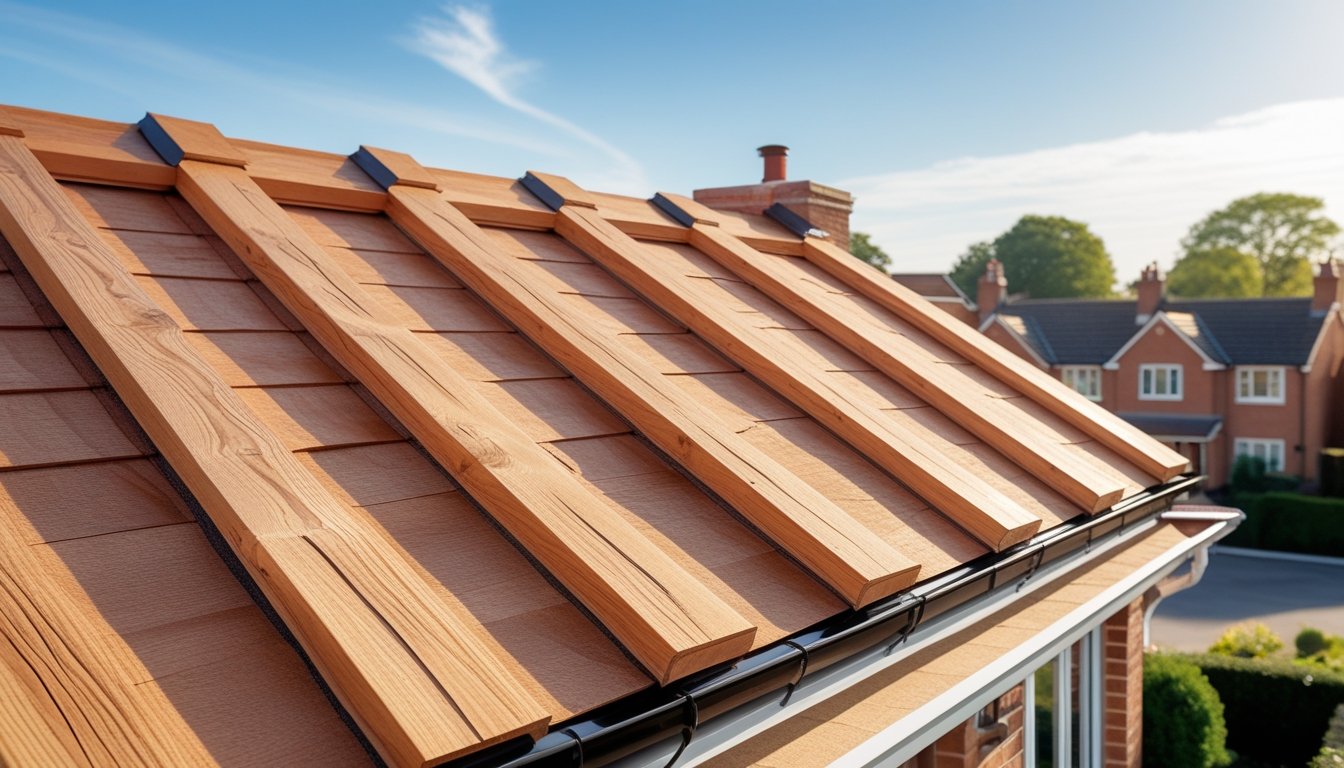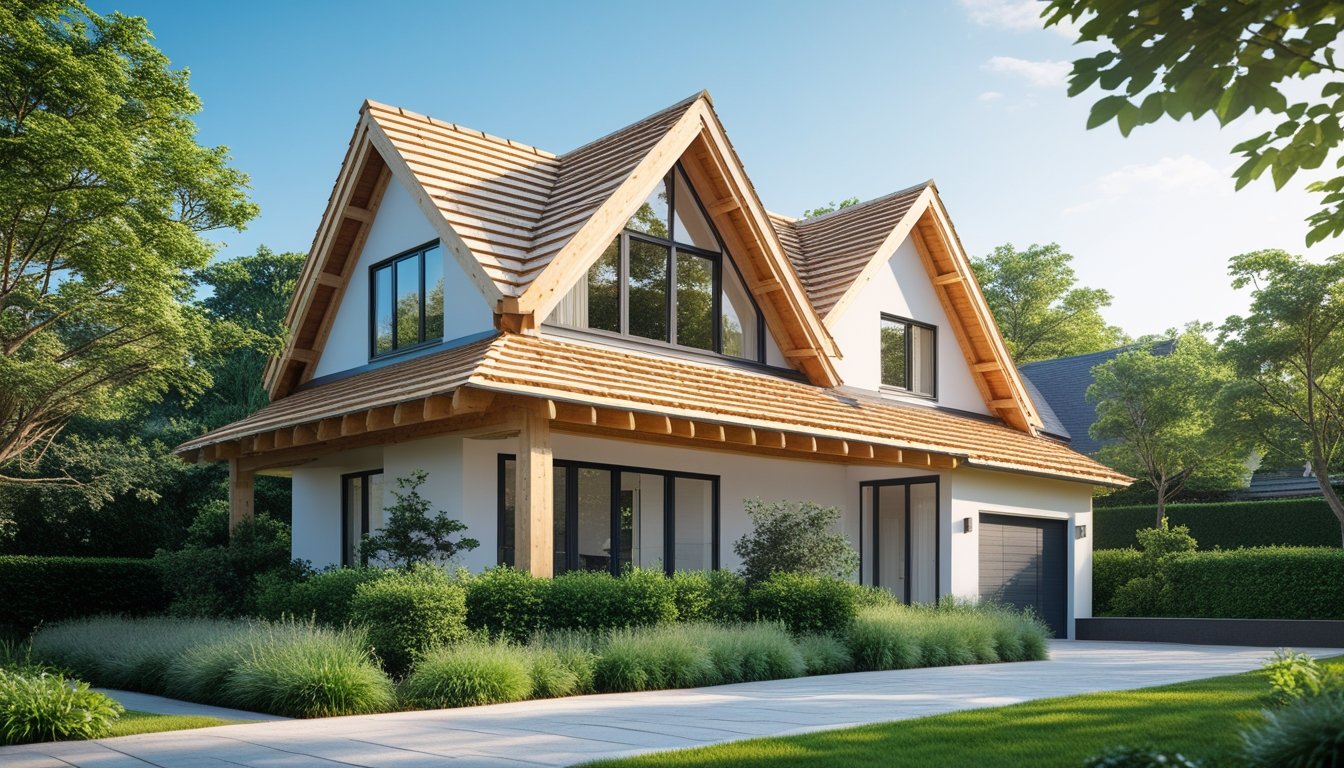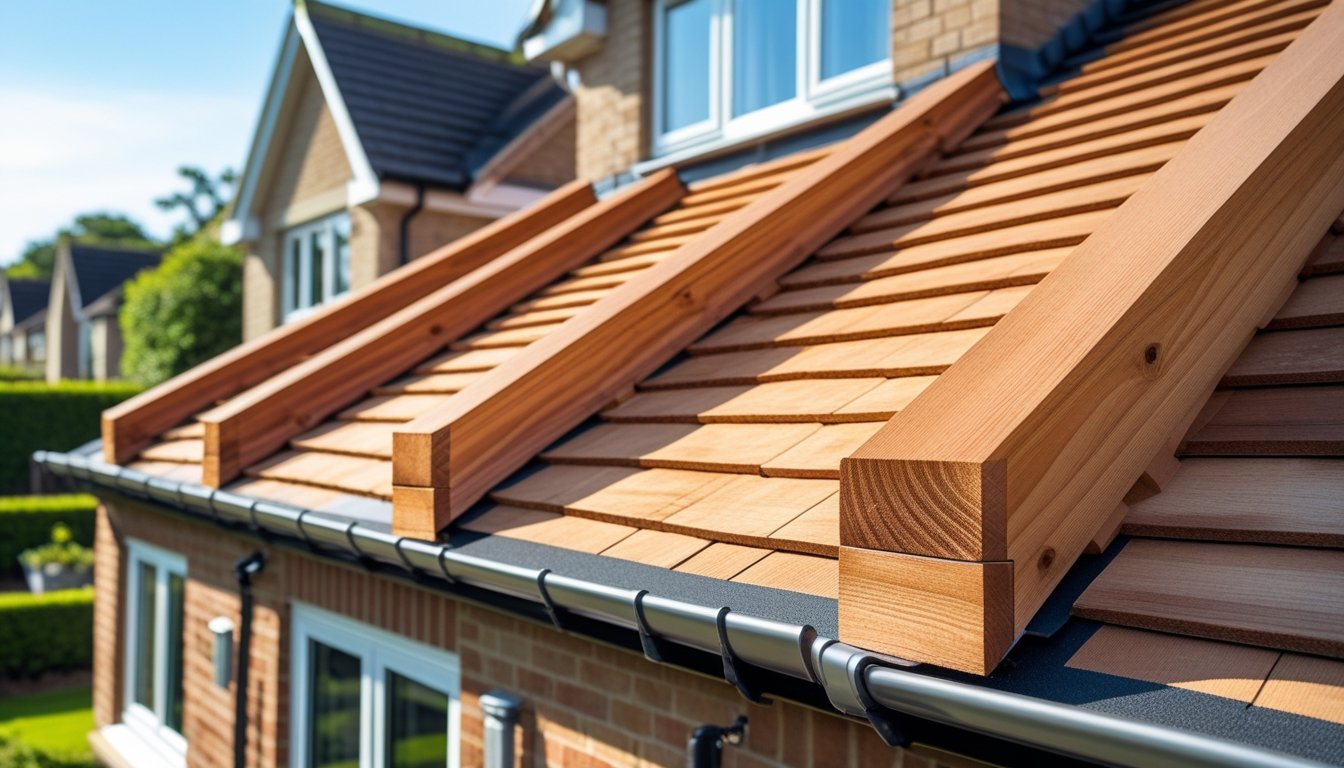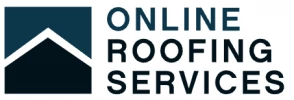Late updated: 27 Sep 2025 08:09
Written by: Oliver Bennett
Exploring Durable Timber Roofs for UK Homes: A Comprehensive Guide
Exploring durable timber roofs for UK homes offers a fascinating glimpse into the blend of tradition and modernity in construction. Timber, with its timeless appeal, not only offers aesthetic beauty but also provides practical benefits like insulation and environmental sustainability. Leveraging high-quality timber materials ensures homeowners can enjoy a roof that is not only robust and energy-efficient but also eco-friendly.

As we navigate through this exploration, we'll see that timber roofs stand out not just for their structural integrity but also for their versatility in design, making them well-suited to various architectural styles prevalent in the UK. Incorporating timber into roofing can significantly enhance the durability and overall lifespan of a home, aligning with the increasing demand for sustainable building practices.
The UK's architectural landscape is evolving, with growing emphasis on sustainability and durability. Timber roofing is becoming a preferred choice among homeowners who value these attributes. Our guide delves into how you can make the most of timber in your roofing projects, considering factors like local climate, design preferences, and long-term performance.
Key Takeaways
- Timber roofs offer durability and eco-friendly benefits.
- They enhance architectural design and lifespan.
- Timber is increasingly favoured for sustainability.
Core Features and Advantages of Durable Timber Roofs
Timber roofs have become increasingly popular for UK homes due to their unique advantages. These roofs are celebrated for their structural strength, capability to endure the UK climate, and significant aesthetic potential. We will explore these core features to give you a better understanding of why timber continues to be a preferred roofing material.
Structural Strength and Load-Bearing Capacity
Timber products offer impressive structural strength, capable of supporting substantial loads with ease. This is essential for homes in the UK, where roofs must withstand various weather conditions. Timber's high strength-to-weight ratio enhances its load-bearing capacity, making it particularly suitable for large spans without additional support.
Furthermore, timber's inherent flexibility provides resilience, allowing roofs to absorb environmental stresses. This flexibility minimises the risk of structural damage, ensuring safety and longevity. Unlike other materials, timber’s natural fibre orientation allows it to distribute weight uniformly, reducing the likelihood of failure. These characteristics make timber a reliable choice for enduring diverse and challenging weather patterns.
Longevity and Durability in the UK Climate
The durability of timber roofs is remarkable, especially when considering the UK's often damp and varying climate. Timber's natural resistance to wear and tear enables it to maintain its integrity over time. Proper treatment and maintenance enhance its lifespan, enabling roofs to last for decades.
In the face of climate change, timber proves to be robust, withstanding temperature fluctuations and heavy rainfall. Timber’s ability to breathe and adapt to moisture levels helps it resist decay and pests effectively. Regular maintenance, such as sealing and treating with preservatives, ensures that timber roofs remain a durable option for homeowners seeking a long-term roofing solution.
Aesthetic Appeal and Design Versatility
Timber roofs are not only functional but also offer significant aesthetic value. The natural beauty of wood adds warmth and character to residential properties, making it an attractive architectural choice. Timber's versatility means it can be crafted into various styles, from traditional to modern designs.
Homeowners can choose from a range of finishes, allowing customisation to match personal tastes and architectural themes. This adaptability extends to roofing structures, such as trusses and beams, which can be exposed for decorative purposes. Timber’s ability to blend with other materials allows for creative design opportunities that enhance the overall charm of a home.
Using timber for roofing not only provides structural benefits but also elevates the home's aesthetic appeal, proving it to be an ideal solution for a range of architectural demands.
Sustainability and Performance Considerations

In exploring durable timber roofs for UK homes, we must consider sustainability and performance. We will assess environmental benefits, energy efficiency, and essential roofing choices, ensuring the perfect balance between functionality and eco-friendliness.
Environmental Benefits and Carbon Footprint
Timber is a naturally renewable resource, offering a significant reduction in carbon footprint. By using sustainably sourced timber in roofing, we contribute to the reduction of atmospheric carbon dioxide levels, an essential step in mitigating climate change. Such timber is often harvested from forests where regrowth is carefully managed, ensuring continued renewal.
The production of timber roofing requires less energy compared to concrete or steel, resulting in lower emissions. A focus on sustainable building practices helps maintain forest resources while meeting the growing demand for timber products. Opting for timber over other materials supports ecological balance and fosters increased awareness of environmental responsibility in construction.
Energy Efficiency and Thermal Insulation
Timber roofing structures are not only durable but also offer excellent thermal insulation, making them energy efficient. The inherent properties of wood help regulate temperature, keeping homes warmer in winter and cooler in summer. This thermal efficiency leads to reduced energy consumption, lowering utility costs for homeowners.
The integration of timber frames in roof construction enhances energy conservation. This, coupled with proper insulation, significantly improves overall thermal performance. Additionally, the efficiency of timber as an insulator can be further improved by combining it with modern insulating materials that benefit from timber's natural properties, enhancing comfort and energy savings in our homes.
Selecting Between Softwood and Hardwood for Roofing
Choosing between softwood and hardwood for timber roofs involves balancing durability and cost. Softwoods, such as pine and spruce, are generally more affordable and easier to work with. They are a popular choice due to their renewing growth rate and lower carbon output during cultivation.
Hardwoods, like oak and teak, offer superior strength and longevity but often come at a higher cost. For those prioritising durability and long-term value, hardwood may be the preferred option. Each choice must consider local availability, specific roof design needs, and budget, ensuring the best fit for sustainability and performance.
Ventilation and Maintenance Best Practices
Efficient ventilation is crucial in timber roof systems to prevent moisture build-up and subsequent damage. Good ventilation helps maintain air quality and supports the longevity of the timber, ensuring it remains structurally sound. Strategic placement of vents and careful design can help maintain airflow, minimising condensation and preventing wood decay.
Regular maintenance is another key aspect of sustaining timber roofs. Periodic checks for wear, tear, and signs of insect infestation are vital. Applying protective coatings can extend the roof's lifespan by offering resistance to weather and pests. Routine care and attention ensure timber roofs remain both durable and sustainable, delivering long-term value and performance.
Frequently Asked Questions

In the world of roofing, timber stands out for its blend of sustainability, aesthetic appeal, and cost-effectiveness. Here, we address common inquiries about the use of timber roofs in UK homes, focusing on sustainability, maintenance, cost, and relevant regulations.
What are the most sustainable timber options for roofing in UK homes?
Sustainability is crucial when selecting timber for roofing. Species like cedar, larch, and Douglas fir are known for their durability and are sourced from responsibly managed forests. Choosing these options not only supports environmental goals but also ensures a long-lasting roof.
How does one ensure proper maintenance for a timber roof in the UK's climate?
UK weather can be harsh on timber roofs. Regular inspections are key. Look for signs of mould, decay, and insect infestations. Applying protective coatings and ensuring adequate ventilation can enhance the roof's lifespan, safeguarding it against moisture-related issues.
What are the advantages of using timber roofing compared to other materials in the UK?
Timber offers several benefits, including natural insulation and aesthetic flexibility. It can easily blend with different architectural styles, providing both modern and classic looks. Compared to materials like steel or concrete, timber is often more cost-effective and sustainable.
What are the typical costs involved in installing a timber roof on a UK home?
Costs can vary based on factors like timber type, roof size, and complexity of design. Typically, timber roofs are more affordable than steel yet can be slightly pricier than concrete options. It's important to consider not just initial costs, but also long-term maintenance and energy savings.
Can you outline the process of installing a timber roof on a UK residence?
The installation begins with selecting high-quality timber and then designing the truss system. Precise cutting and assembly follow, mostly done on-site. Installation requires securing the trusses and adding roof coverings, such as slate or tile. Professional installation ensures compliance with safety and design standards.
What are the latest regulations regarding timber roofing in the UK?
UK building regulations require that timber roofs meet specific fire safety and structural standards. Regulations may focus on aspects such as load-bearing capacity, thermal efficiency, and fire resistance. Keeping up-to-date with any changes is essential to ensure compliance and secure necessary approvals.
